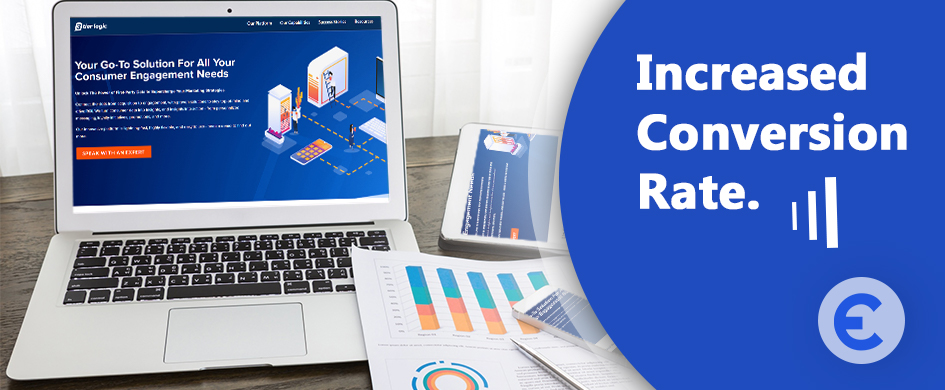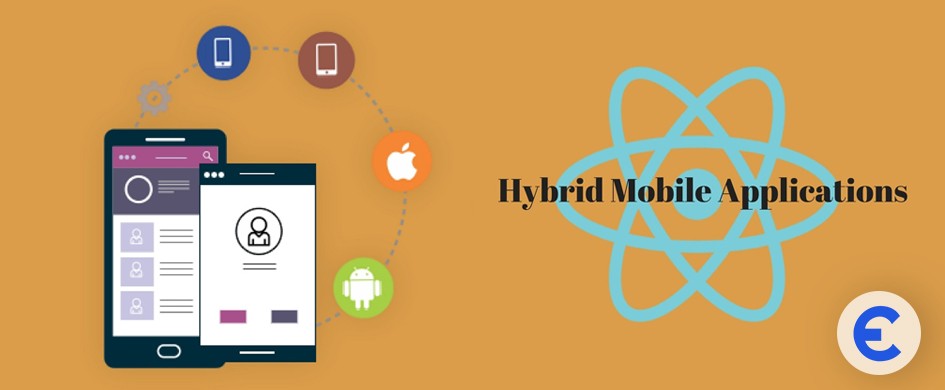In 2025, you are not the only one willing to appear at the top of search engine result pages. With a chaotic competition to be visible online, you are successful when you can attract and hook your users.
Your visitors are useless if they leave without engaging with anything on your website. So, reducing the bounce rate is the optimal way to get the most out of your website visitors.
This blog is our way to help you with that, where we discuss everything you need to know to reduce your bounce rate.
What is the Bounce Rate?
To understand it better, why not start with an example?
Imagine you own a physical store. Many visitors stop at your shop, and some engage with your products. But, most of them stop, look around, make funny faces, and leave without doing anything. So, the Bounce rate is the rate of those funny-faced visitors who came to your website but not to the point they feel like interacting or engaging with your products or services.
Is Bounce Rate Important in 2024, Why?
Reducing the bounce rate is important mainly for the following three reasons:
- Bounced visitors are the leads that didn't convert. So, stopping visitors from bouncing from your website means an increased conversion rate.
- The study demonstrates that the bounce rate is directly related to the rank factor.
- An increased bounce rate indicates re-constructing your website, UI/UX, or content.
What is a Good Bounce Rate?
To be honest, there is no specific percentage to target to have a good bounce rate.
While some companies find a 70-80 % rate not an issue, others can find it scary. It solely depends on your business goals, industry, and niche.
However, if you are looking for a figure to categorize bounce rates, it averages between 41%-51%. Likewise, 70-90 is a cause for concern, and 50-70 is below average. If you can maintain below 40, that is excellent for all kinds of industries.
Tips to Reduce Bounce Rate
Now that you are familiar with bounce and why we should reduce it, it's time to reduce it on your website, too.
But confused about how.
We have listed some essential tips to ensure your customers engage and interact with your webpage. Check it out:
-
Identify the Causes
Before jumping directly into the solutions, we must first identify the root causes. Identify what is putting off your customers and how it can be better.
Is it your website's user experience or your content? Are you being able to meet the search intent?
Identifying these causes will give you insights into what you prioritize and do to enhance the user experience.
-
Improve User Experience and User Interface
You are what your website or application portrays you online. So, make sure your UI/UX is top-notch. First, start by identifying your target audience and their needs. You can conduct user research, including surveys and usability tests, to understand your users better.
Once you clearly understand your users, design your website accordingly. Make sure your website is easily navigable and accessible. Use consistent color schemes, typography, and imagery to create a cohesive and visually appealing experience.
The main idea is to make sure your users interact with your website. For that, you should do everything possible to ensure an entertaining experience for your users.
-
Include Clear C-T-A Buttons
Lack of clarity is another main thing that discourages your traffic from engaging. You should avoid all possibilities that might create confusion. The position of your Call-to-action button should be precise, effective, and honest. You shouldn't overpopulate your web pages with CTAs.
Most visitors decide whether to continue with your website by seeing the uppermost section. Consider putting your CTA button there.
-
Improve Website Responsiveness and Loading Time
Visitors online are super impatient, and you can't blame them, given that unlimited better possibilities are available. A Google survey of 11 million landing pages shows that loading speed is directly related to bounce rate. So, giving them time and reason to rethink is not what you should be doing.
Make sure your website adapts well to any screen size and operating system. With the advancement in technology, users implement a variety of input methods and screen sites to access your website. If users can't access your website and navigate easily, that is definitely a bounce.
To reduce loading time and enhance responsiveness, consider doing,
? Optimize Images,
? Optimize CSS and JavaScript,
? Minimize HTTP Requests,
? Use Browser HTTP Caching,
? Utilize Content Delivery Networks (CDNs).
-
Keep Your Contents Super-easy to Read

It doesn't matter how much effort and research you put into your content if it's not readable. They won't waste more seconds if they can't understand your content. Therefore, make your content simple yet informative so that readers of any level can find it helpful.Don't use complex words; give your content room to breathe. Break down long paragraphs into pieces and do the same for long sentences. Keep your content straightforward, with no puzzles to solve.
-
Attract the Right Visitors
Sometimes, you might find your webpage at the top of the SERP but not generating any leads.
This can happen if you are targeting the wrong audience. What do you do when you land on a website that won't satisfy your search intent? Bounce to another webpage? That's why identifying the ideal audience is crucial to reducing bounce rates.
Ensure that your marketing campaigns, website design, and content are all directed towards your target audience.
-
Improve Internal Linking
Structured internal links streamline and hook the user all over your web pages. That doesn't mean you should overstuff the webpage with unnecessary links or keywords. That will ruin the user experience, hurt readability, and reduce the credibility of your webpage.
Your internal links should be relevant and should be able to provide extra information to your users. You should be able to provide a smooth transition between your web pages. Use descriptive anchor tags, fix broken links, and update outdated content.
-
Embed Video Contents
Do you Agree? Browsing different web pages and seeing video content unintentionally hooks you for a while. This is exactly what it does to your webpage, too.
Recent data shows that web pages with video content have a significantly lower bounce rate (11%) than those without.
-
Match Search Intent
Search intent, also known as user intent, is the key reason the user is typing a query in the search engine. When we search for some query and land on a website, search intent is what hooks or bounces us from the website.
A high bounce rate and low dwell time are really bad for SEO ranking, too. To match search intent,? Understand the intent of your users,
? Create relevant keywords,
? Optimize keywords,
? Provide a clear solutions,
? Optimize for user experience.
? Show Your Credibility.
-
Show Your Credibility
Today's customers are smart and think twice before interacting or purchasing from your website. So, instead of making them fools, you should try to be credible and gain trust.
It would help if you showcase your industry certifications, awards, and achievements. Also, testimonials and feedback play an important role in building trust. Ultimately, it boosts your credibility and reduces the bounce rate.
Takeaway,
Bounce rate is a valuable metric for understanding user engagement and the effectiveness of your website. Maintaining an excellent buyer persona is crucial to converting casual visitors into loyal customers. Analyzing and improving your bounce rate can increase engagement, reduce bounce rates, and ultimately achieve your website's goal in 2024.



